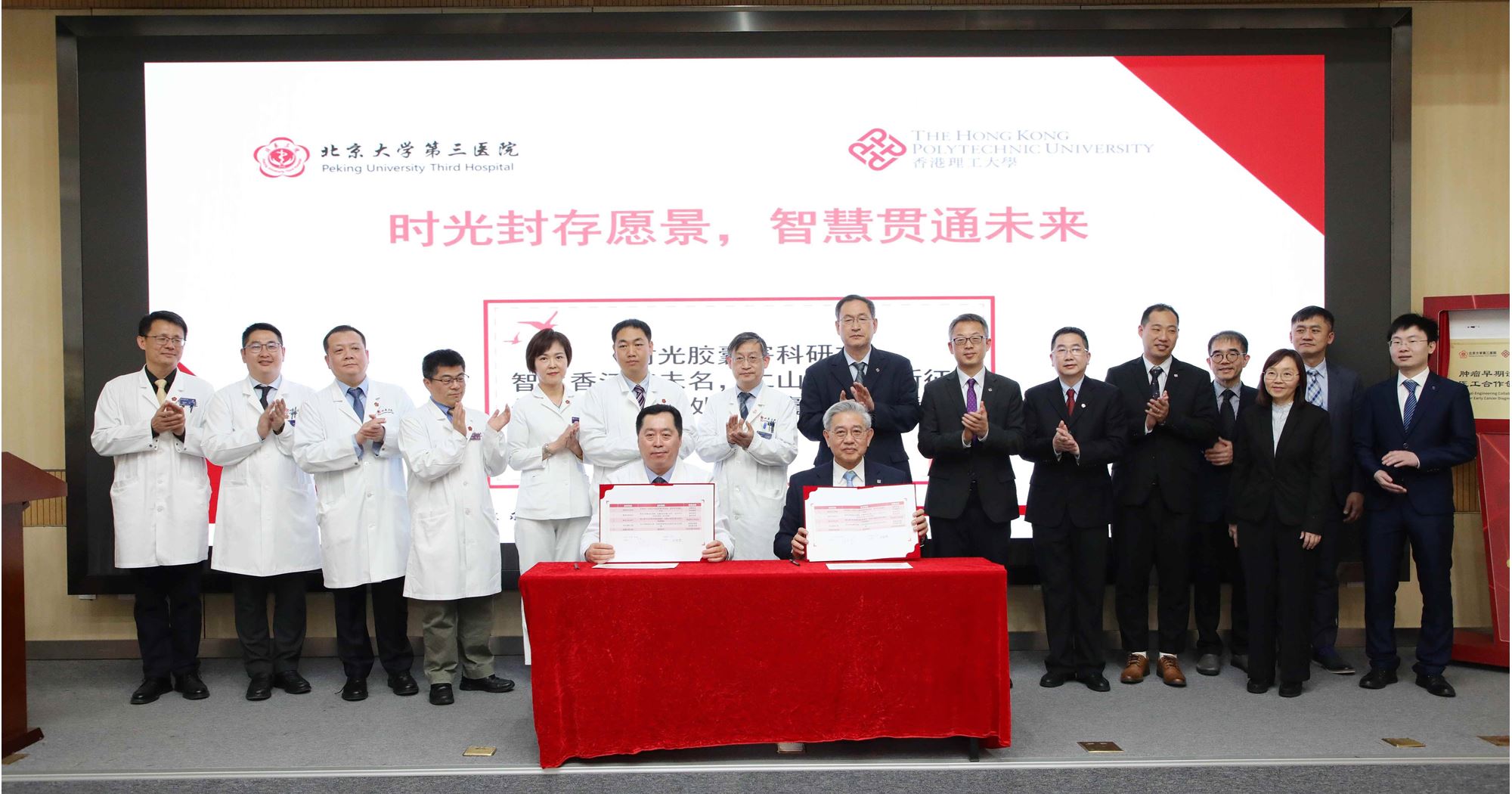
Dr Samir K Brahmachari, director general, CSIR, and secretary, Department of Scientific and Industrial Research (DSIR), India
India's Council of Scientific and Industrial Research (CSIR) celebrated 70 years of existence this year. An organization that was established in 1942 as an autonomous society and with 37 state-of-the-art institutes by Dr Shanti Swarup Bhatnagar, has come a long way since its formation and is among the world's most premier research organizations.
Dr Samir K Brahmachari, director general, CSIR, and secretary, Department of Scientific and Industrial Research (DSIR), while speaks to BioSpectrum about the relevance of CSIR in present-day India and the future plans of the organization.
How relevant is CSIR for the Indian bioscience industry? Are you satisfied with the progress that has been achieved by CSIR?
When CSIR began its journey 70 years ago, the focus was on chemicals, glass, minerals and steel. The first batch of CSIR labs were dedicated to chemicals. You have to accept that 50 years back biology was not considered to be a science with industrial value.
It was known more as a science of intellectual pursuit. The only biology related institute founded 60 years back was the Central Drug Research Institute (CDRI) Lucknow in 1951. Therefore at CSIR, it all started in 70s. It was clear that drug research has to be part of industrial value. That was echoed by Ms Indira Gandhi's statement at World Health Organization (WHO), which mentioned healthcare research as not for profit but as a matter of life and death. After the patent regime changed, the focus shifted from product to process patents. It gave major boost to institutes such as Indian Institute of chemical technologies Indian Institute of Chemical Technology, Hyderabad, CDRI, and National Chemical Laboratory (NCL), Pune.
These labs played a key role in creating genesis buzz. Out of 70 drugs created, 30 came from CDRI. The areas such as family planning were prioritized when they were considered taboo. You can see that it was the genesis from chemistry to biotech. Subsequently, bio related institutes got their due in the 1980s. The Center for Cellular and Molecular Biology (CCMB), Hyderabad; Institute of Microbial Technology (IMTECH), Chandigarh; and Center for Biochemical Technology (CBT), which is now called the Institute of Genomics and Integrative Biology (IGIB) started in 1977.
After building expertise in toxicology, bichemstry and drugs, CSIR institutes moved towards genomics and recombinant DNA technology. The bottomline is that the CSIR has remained relevant by constantly reinventing itself to suit India's interest from time to time.
I would say that over the period of 25 years, it has been phenomenal. We have had so many great experiences during this time and that also resulted into many products. From copying and copying better to inventing and patenting, to eventually developing the best global products, has been our journey.
Are India's research institutes innovating enough?
If it is about innovating, I would say yes. India is doing it in enough quantity. But I would like to ask the question of whether India is inventing enough? The answer to that would be a negative. Basically our inventiveness is low but our innovativeness is enough. Therefore, we have to make Indian science more inventive. We have to look at the situation today. Among the US patents granted, CSIR holds 90 percent share while the other academia, industry and R&D labs hold 10 percent.
This is serious because CSIR has at the same time only three percent of the overall manpower. Hence, technically others should be coming up with more patents. Yet on a positive note, while our share earlier was 95 percent, it got reduced to 90 percent and then 85 percent in future. With time, awareness is coming and others are catching up.
How do you perceive the growth of biotech industry in India? How has CSIR contributed in that?
The industry definitely has moved forward but I wish there would have been pure biotech companies in the true sense. We don't have a single billion dollar industry. Most of the biotech industry that we see today is into instrument service, contract research and clinical trials. We had best examples in form of Shantha Biotech and Bharat Biotech but then these too followed a similar kind of portfolios for vaccines.
The diversification of portfolios should get due attention from the companies. Mere following each other won't help. Getting into new areas of technology space and development of instrumentation and high value research must be prioritized. Also the dependence on government for funding must be slowly reduced. New avenues to generate funds must be explored. Moreover, there is something amiss in our biotech education policy too. Every year we are churning our MSc graduates in large numbers without even proper knowledge of basic fundamental principles of biotech. The importance of mathematics is crucial for the higher research and needs to be incorporated right from the basic level.
In affordable healthcare, the entire thrombolytics drugs (which help dissolve blood clots) is an area of our research. Cardiovascular medicines are expensive and some of our innovations have helped bring down prices of injections from Rs 8,000 to Rs 1,000. Now we have come up with new generation drugs that only destroy the clot and do not touch anything else. That is the new bio-therapeutic that has moved to clinical trials and all that work has happened at CSIR's Chandigarh-based Institute of Microbial Technology. There are plenty of other examples to share that make CSIR's contribution to the industry a phenomenal one.
How can the industry and academia be self reliant?
I think the government funding has been reasonable enough but we in fact sometimes have less absorption capacity. Both academia and industry must build its capacity to survive on own and reduce dependency over the period of time. The potential philanthropic funding, new sources of foreign funding need to be explored. I think with lesser government funding, the scientist will have to perform more and will be under an obligation to show quick results.
I must also add that regulatory infrastructure also needs to be revamped. The quick clearances are very important for fewer hassles in product development. Also the leaderships within academic institutes and industry have to be more dynamic in their attitude.
Which are the next steps for CSIR in the area of bioscience?
Open Source Drug Discovery (OSDD) has shown tremendous scope for future. The open innovation in a country like India where we have so many young minds, serves as a great platform to express ideas and partner. At present close to 6,000 people across the globe are a part of the project and we are moving towards a new direction. Already clinical trials have been initiated on a TB molecule in partnership with TB Alliance.
We are starting innovation complexes to catalyze ideas. Eight innovation hubs will be located in Kolkata, Mumbai, Chennai, Delhi, Pune, Hyderabad, Ahmedabad and Bangalore. Delhi will focus on affordable healthcare, Kolkata on biomedical instrumentation, areas of surgical equipment and glass fibre technology. The Micro, Small and Medium Enterprises (MSME) sector being our next focus, the hubs will bring together incubators, entrepreneurs and businesses. Also we are keen on genomic diagnostics. About $210 million has been invested in a project on ayur-genomics. We have also decided to start an institute of synthetic and system biology soon. Apart from that we will have a biostatistics and data quantitfication institute in which 1/4th of the efforts will be on bioscience and healthcare.
In the area of education, we now have CSIR Academy, which has been made functional since April 2012. It will offer 500 courses including life sciences to students across India. The best part would be that for doing an M.Sc in genomics you will no longer require a degree in same subject. A mathematics graduate is free to do masters in biotechnology. That is the USP of the whole programme.
What is the vision for CSIR on its 100th anniversary?
Six years back I had a strong doubt whether we would be able to stand relevant by 2012. But now I say this with sense of pride that CSIR has continued to achieve significant results through the research efforts. Over a period of time, the changes have been surgical and not just theoretical.
The innovation spirit is getting very high and the young people in the organization are feeling empowered. There is no place for autocratic leadership in CSIR and as a forward looking organization; it will continue to lead India towards being self reliant in various areas. I think we will not only live 100 years but enjoy them thoroughly.




